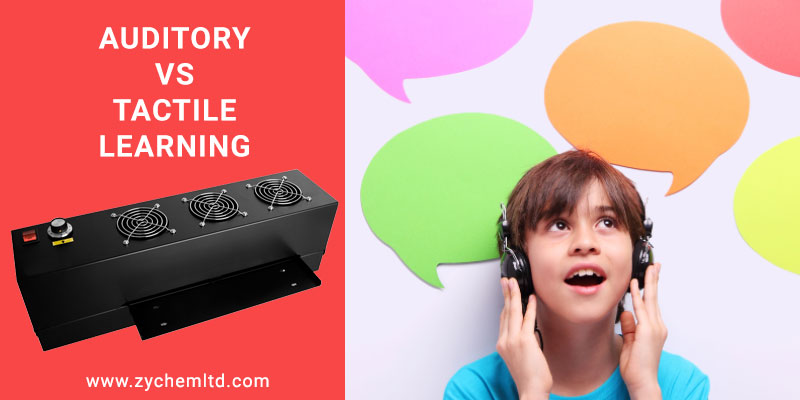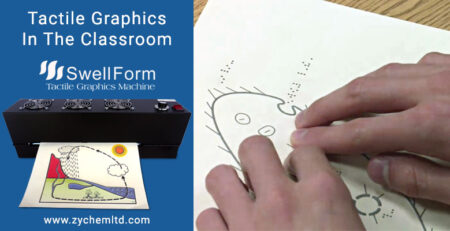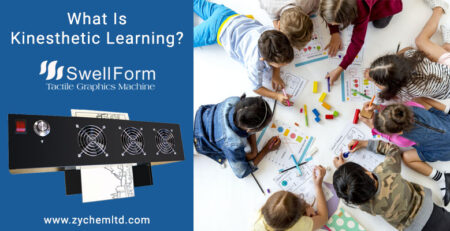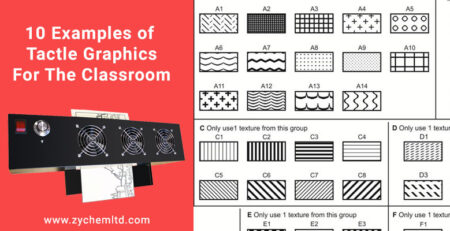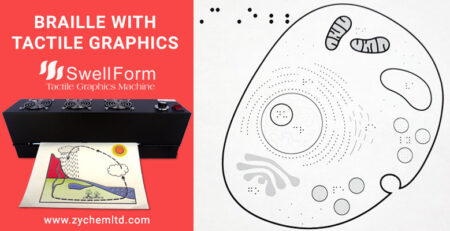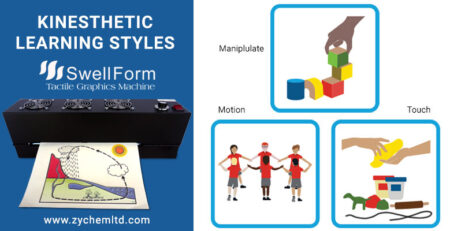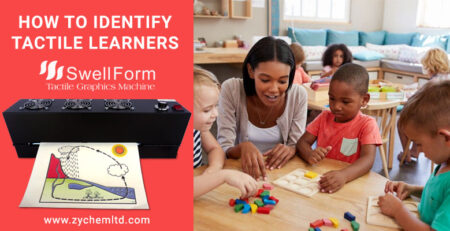Tactile learning, also known as kinesthetic learning, involves engaging the sense of touch to acquire and process information. Auditory learning, on the other hand, relies on the sense of hearing to absorb and understand new concepts. Both tactile and auditory learning play significant roles in education, but they have distinct characteristics and are suited for different situations and students.
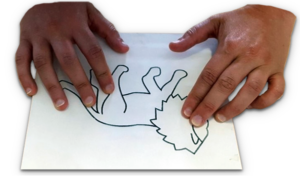 Tactile learning offers several benefits. It allows learners to physically interact with objects, materials, or manipulatives, which enhances engagement and facilitates deeper understanding. Tactile experiences enable students to explore textures, shapes, and spatial relationships, promoting sensory integration and fine motor skills development. For individuals who learn best through physical movement and hands-on experiences, tactile learning can enhance memory retention and overall comprehension.
Tactile learning offers several benefits. It allows learners to physically interact with objects, materials, or manipulatives, which enhances engagement and facilitates deeper understanding. Tactile experiences enable students to explore textures, shapes, and spatial relationships, promoting sensory integration and fine motor skills development. For individuals who learn best through physical movement and hands-on experiences, tactile learning can enhance memory retention and overall comprehension.
In contrast, auditory learning primarily relies on listening to spoken information, lectures, discussions, or audio recordings. Auditory learners excel in absorbing and retaining information presented through verbal explanations or through engaging in conversations. Auditory learning emphasizes language skills, oral communication, and auditory processing. It can benefit students who have strong auditory processing abilities and those who prefer verbal instruction and auditory cues to grasp new concepts.
While tactile learning offers hands-on experiences and tangible engagement, auditory learning has some limitations. It heavily depends on listening skills and may present challenges for individuals with hearing impairments or auditory processing difficulties. It can be challenging for students who struggle with auditory focus or who thrive on visual or physical stimuli. Auditory learning may also be less effective for subjects that require visual representation, spatial understanding, or tactile manipulation.
In summary, both tactile and auditory learning are valuable and essential in education. Tactile learning caters to students who benefit from physical interaction, hands-on experiences, and sensory engagement. It promotes kinesthetic understanding and fine motor skills development. Auditory learning, on the other hand, caters to individuals who thrive on spoken information, oral communication, and auditory processing. It emphasizes listening skills and verbal comprehension. Recognizing the strengths and limitations of each learning style helps educators provide diverse instructional approaches that cater to the unique needs and preferences of students, fostering a well-rounded and inclusive learning environment.
Additionally, the Tactile Library at https://tactilelibrary.com offers thousands of free, pre-made and downloadable tactile graphics with many of the concepts mentioned above so teachers can easily build a tactile lesson plan.

